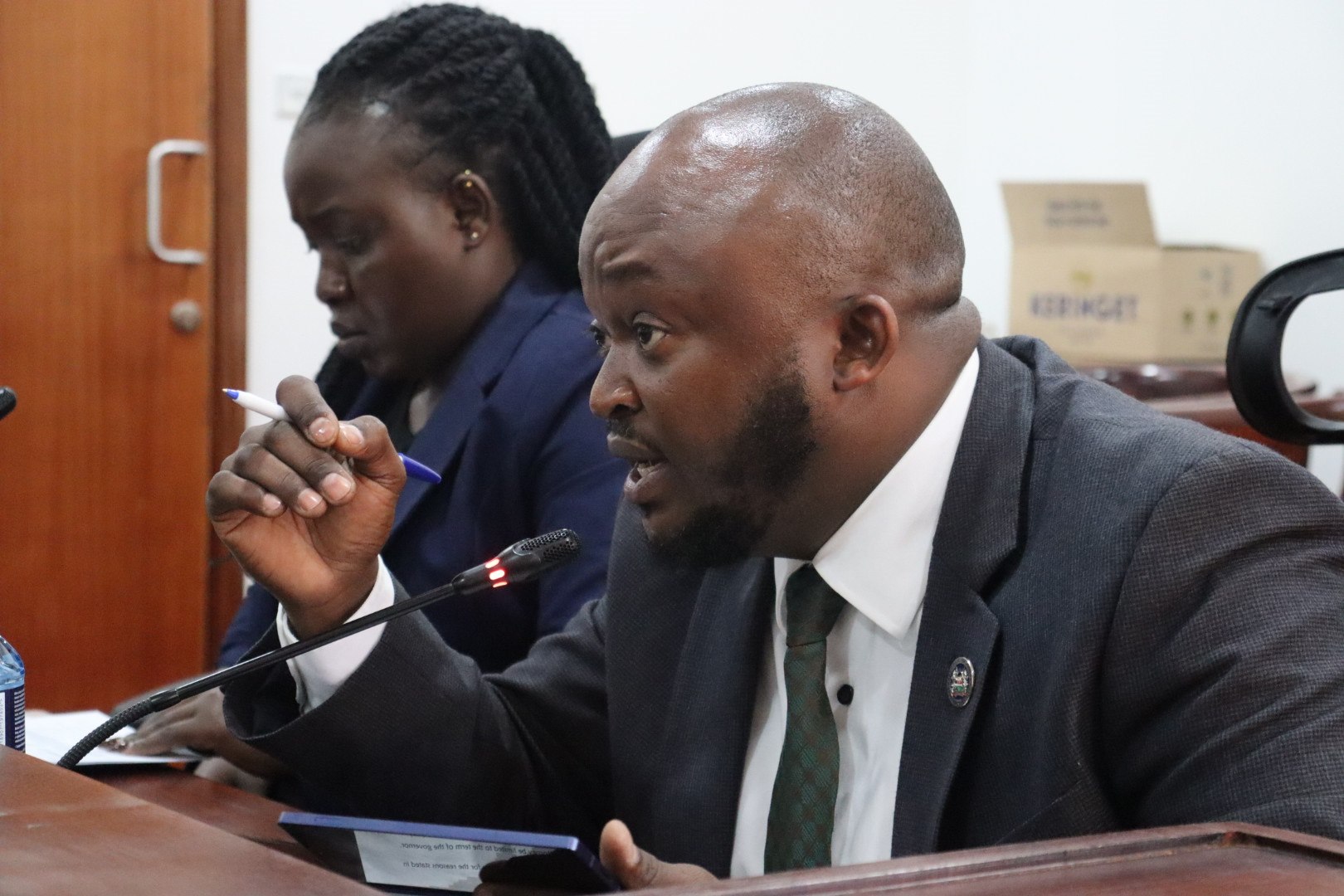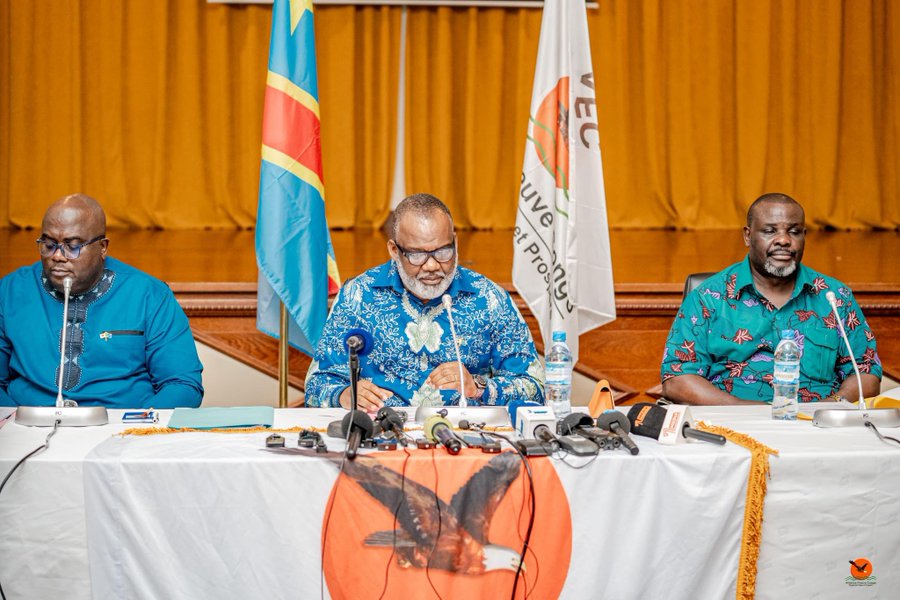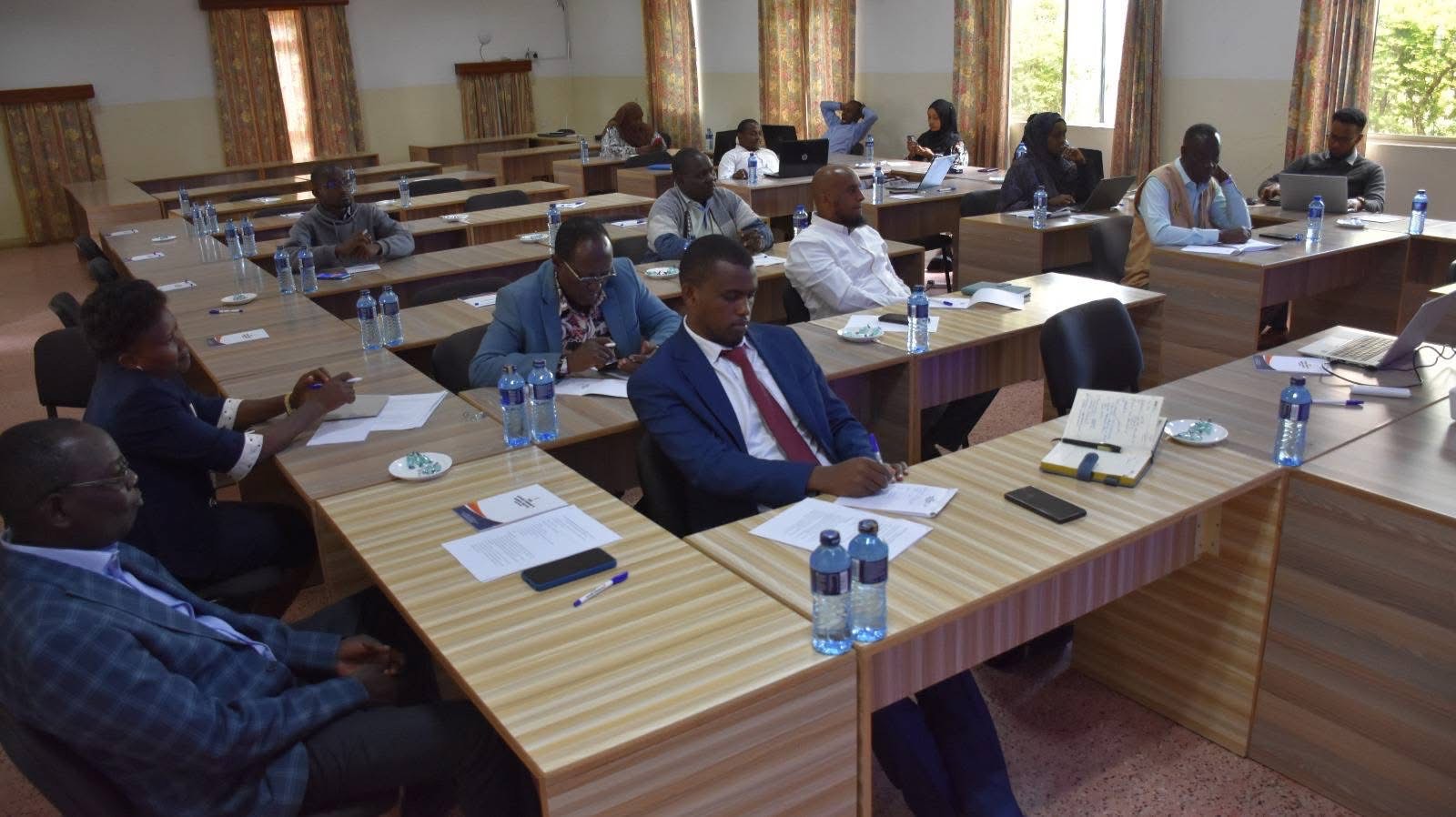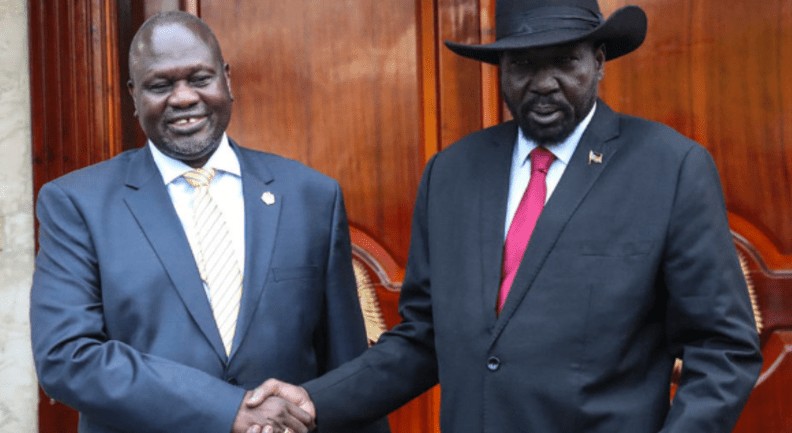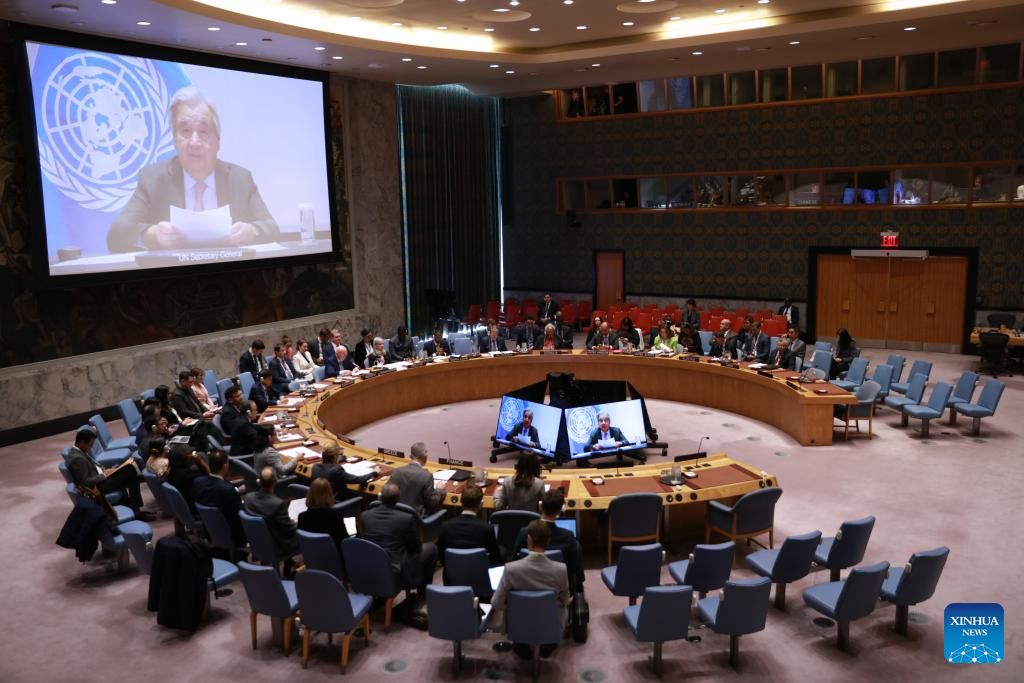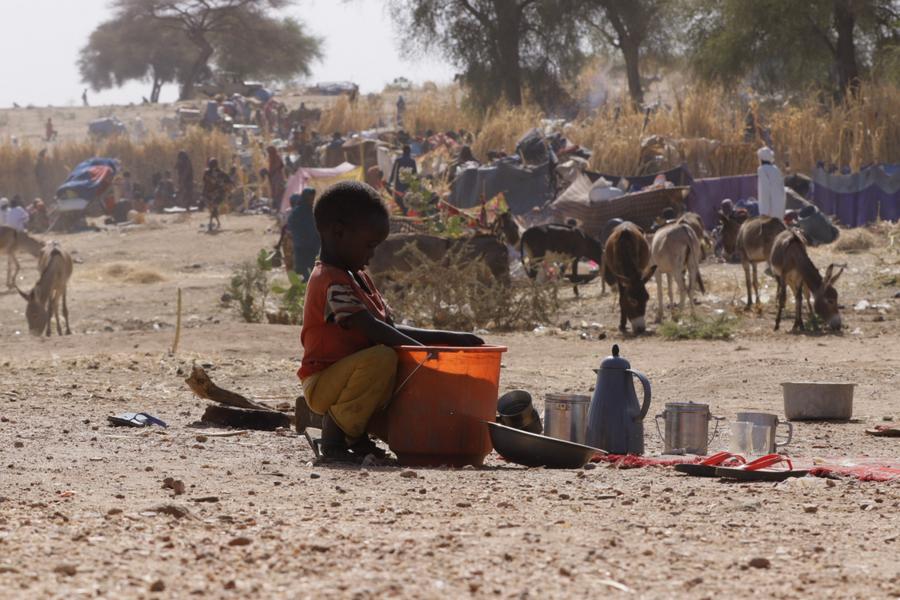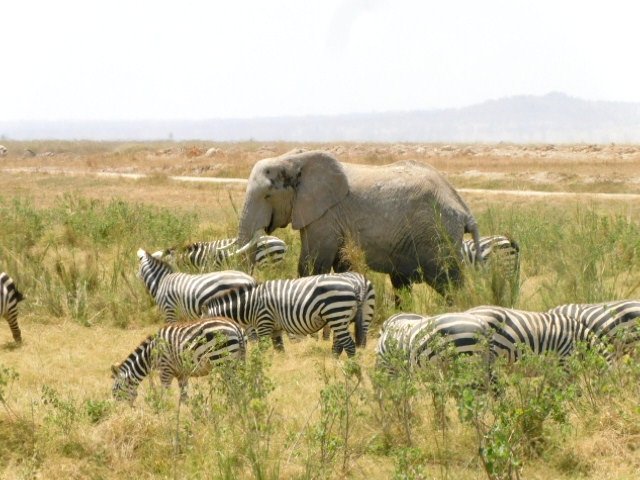Kenya on course to eliminate carbon emissions - report
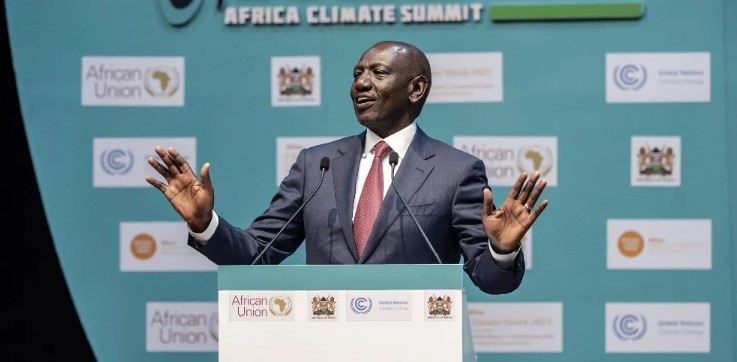
Rwanda and Tanzania were also said to be on course to achieve the same milestone as Kenya.
Kenya is on course to decarbonise its economy through renewable energy, according to a report released today.
The report titled, Energy Development Plan to Decarbonise the Economy, was conducted by energy and climate think tank Power Shift Africa, the Institute for Sustainable Futures, the LDC Renewable Energy, the Energy Efficiency Initiative, and local partners in the three East African countries.
More To Read
- WMO warns of escalating climate risks, says CO₂ levels hit record high in 2024
- Kenya beats Tanzania and Uganda in electricity and renewable energy growth
- Millions at risk as World Meteorological Organisation warns of gaps in early warnings
- Renewables overtake coal in global electricity generation
- Somalia unveils plan to halve imported fuel for power generation by 2028
- Why are over 670 million people going hungry?
The findings reveal that secure and accessible 100 per cent renewable energy systems in Africa are achievable and economically desirable through robust, reliable, and cost-effective energy plans.
However, a weighty decision confronts Africa to either continue relying on fossil fuels or transition to 100 per cent renewable energy.
Rwanda and Tanzania were also said to be on course to achieve the same milestone as Kenya.
“Africa has a right to development. This right should not be twisted to justify continued extractive and inherently unequal practices of the fossil fuel system. Embracing this right to development means claiming Africa’s potential as the leader in accessible, affordable, and people-centred renewable energy systems,” Mohamed Adow, Executive Director of Power Shift Africa, says in the report.
“These reports show that Africa’s leadership in renewables is both possible and economically promising. Yet Africans continue to suffer the consequences of maldevelopment and the neo-colonial extractive relationships that have existed for decades. To end these injustices, all African countries should take this potential seriously and embark on their own 100 per cent renewable energy pathways,” he adds.
According to the report, Kenya’s electricity demand is currently at 167 kWh per capita, one of the lowest in the world, with a global average consumption of over 3,000 kWh per capita per year.
The primary energy supply was dominated by biomass at around 95 per cent in 2020, mainly for cooking and heating. Electricity was almost entirely supplied by geothermal and hydroelectric sources at 71 per cent.
However, if the primary energy supply continues according to its development over the past five years, recording a growth of 3 per cent annually, demand will increase to 1,276 PJ/a by 2050.
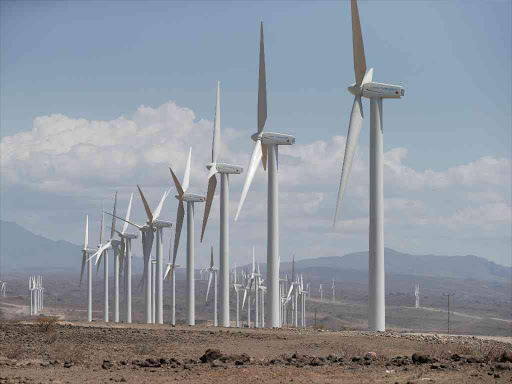 The Lake Turkana Wind Power Project in Marsabit County. (Photo: Courtesy)
The Lake Turkana Wind Power Project in Marsabit County. (Photo: Courtesy)The Lake Turkana Wind Power Project in Marsabit County. (Photo: Courtesy)
PJ/a is an abbreviation for petajoules per annum, a unit of energy commonly used to measure energy consumption or production annually.
However, climate mitigation was not prioritised in the ‘Big Four Agenda’ of former President Uhuru Kenyatta, or the country’s Vision 2030.
Nonetheless, the Kenyan government has already adopted the Climate Change Act (2016), which provides a framework for promoting climate-resilient low-carbon economic development.
The Act mandates the government to develop a National Climate Change Action Plan (NCCAP) and update it every five years. For the period between 2018 and 2022, the plan's main objective was to guide climate action
“An amendment to the Climate Change Act was introduced to the National Assembly in August 2023 and contains mainly new definitions for the carbon market, including carbon credits and carbon budgets. Furthermore, the new bill forms the basis for two additional policies introduced in September 2023: Kenya’s National Climate Change Action Plan (NCCAP) 2023–2027 and the Long-Term Low Emission Development Strategy for the years 2022–2050.
Power Shift Africa and the University of Technology Sydney (UTS) hence developed a comprehensive energy pathway for Kenya aligned with the Paris Climate Agreement goals.
Among them was the development of electricity demand and using renewable energy sources to supply electric cooking, which will be emissions-free.
Kenya was also said to have the potential to export electricity to all neighbouring countries. Its total solar and onshore wind potential exceeds the projected electricity demand by 2050, with a full electrification of all households, industry, and the entire transport sector.
 President William Ruto driving the Autopax Air Yetu electric car from State House to KICC in September 2023. (Photo: PCS)
President William Ruto driving the Autopax Air Yetu electric car from State House to KICC in September 2023. (Photo: PCS)President William Ruto driving the Autopax Air Yetu electric car from State House to KICC
“The importance of wind power in decarbonising African economies cannot be overstated. A development pathway underpinned by clean energy will foster economic growth, innovation, energy security, and sovereignty for the African people,” Wangari Muchiri, Africa Director of the Global Wind Energy Council (GWEC), observed.
“Kenya, whose wind, hydropower, and geothermal generate 100 per cent of the grid power at night, is a continental and global example of the benefits of a robust renewable energy mix. Africa has technical wind power potential and some of the best capacity factors in the world,” she added.
Dr. Sixbert Mwanga, Executive Director, of Climate Action Network Tanzania, added that Tanzania is in a critical moment of planning for its energy and development future, with consultations on both the National Renewable Energy Strategy and Roadmap and the National Development Vision 2050 underway.
Prof. Yacob Mulugetta, Executive Team for the Least Developed Countries Renewable Energy and Energy Efficiency Initiative, on his end, emphasised that the reports on the three countries are great evidence of the vast potential for renewable energy development in Least Developed Countries.
According to Mulugette, renewables are the fastest way to increase energy access, jumpstart development, protect the climate, and save hundreds of billions in substitute fuel costs.
Top Stories Today
